
When I visited Kelly Tarlton’s Aquarium in Auckland last year, one of the most fascinating things I saw are the jellyfish. They were very pretty and captivating and looking at them gave me a certain sense of calm. I still don’t know much about them except for the fact that they don’t have the usual organs we see in animals like hearts, brains, and even eyes. It would be interesting to know more about these creatures and this project may just be something that can connect humans more to these “free-swimming marine coelentrata”.
Designer: Adonis Christodoulou


The aim of the project is to establish a sort of communication between humans and jellyfish, even if it’s not the actual animal but an interactive robot driven by machine learning. After going through several prototypes, they came up with something that has actuators with reels that are able to wrap around the “tentacles”. The sides also have holes that will keep the threads perpendicular to each of the reels. There are fours strings attached to a single level of the reels and the next tentacle is located above the previous one.


The software design is where things get really interesting. There are connected through communication channels among Wekinator, Processing, and Arduino. They teach the machine hand gestures that are then translated into “emotions” for the jellyfish robot. Raising the hand will induce a calm attitude while doing the finger heart will make the jellyfish happy. If you want to make it mad, do a fist and if you want to make it sad, do a thumbs down. Once the robot processes this emotion it triggers movements in the robot.



It’s a bit unclear how this will actually translate to understanding jellyfish more. But by the anthromorphization of the jellyfish through servos, LED, and robotic articulation, they are able to “give life” to this mysterious but interesting specie. It’s also cool to see different robotic transmutations, as long as they don’t someday overthrow humans.

The post Interactive jellyfish robot responds to hand gestures first appeared on Yanko Design.
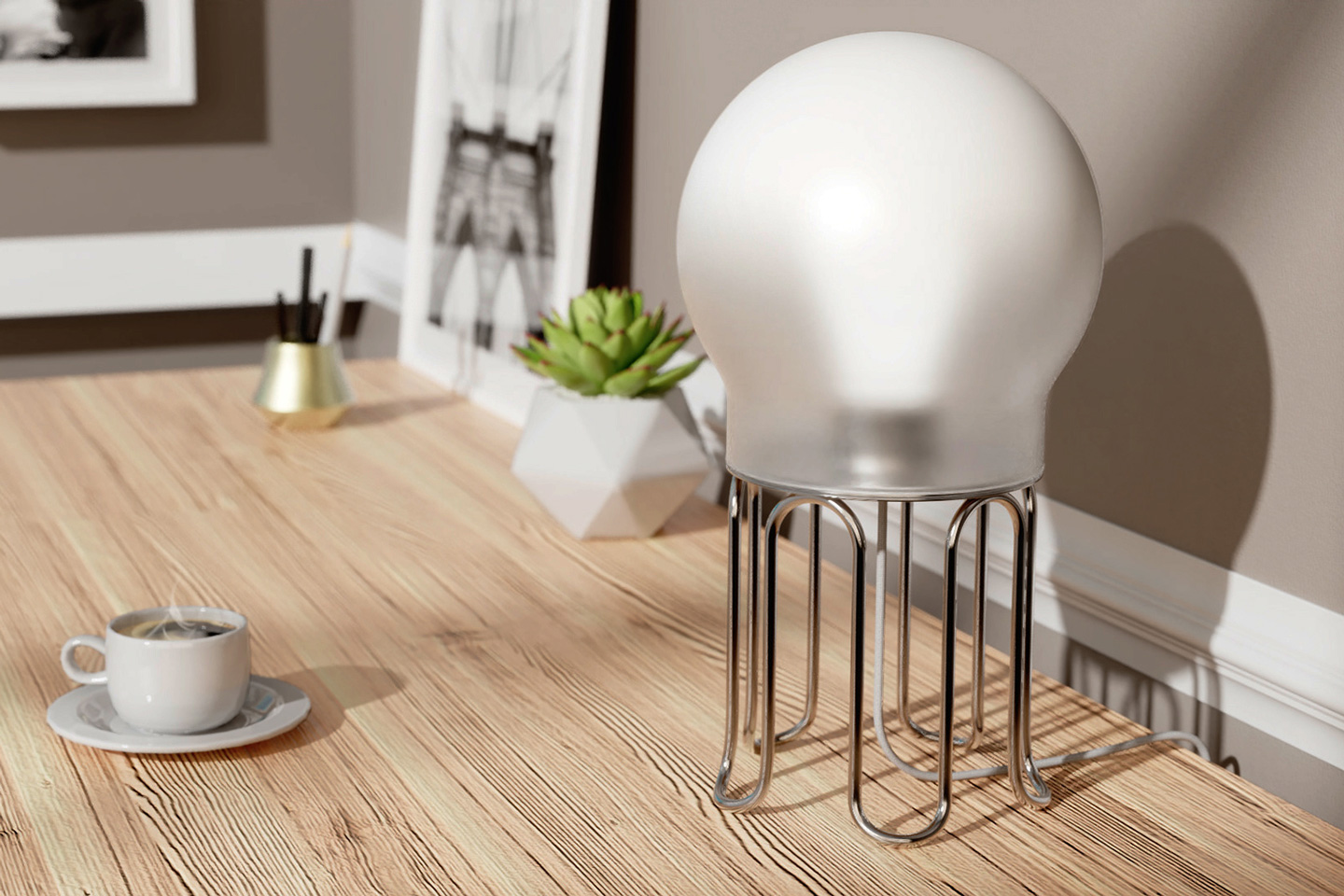
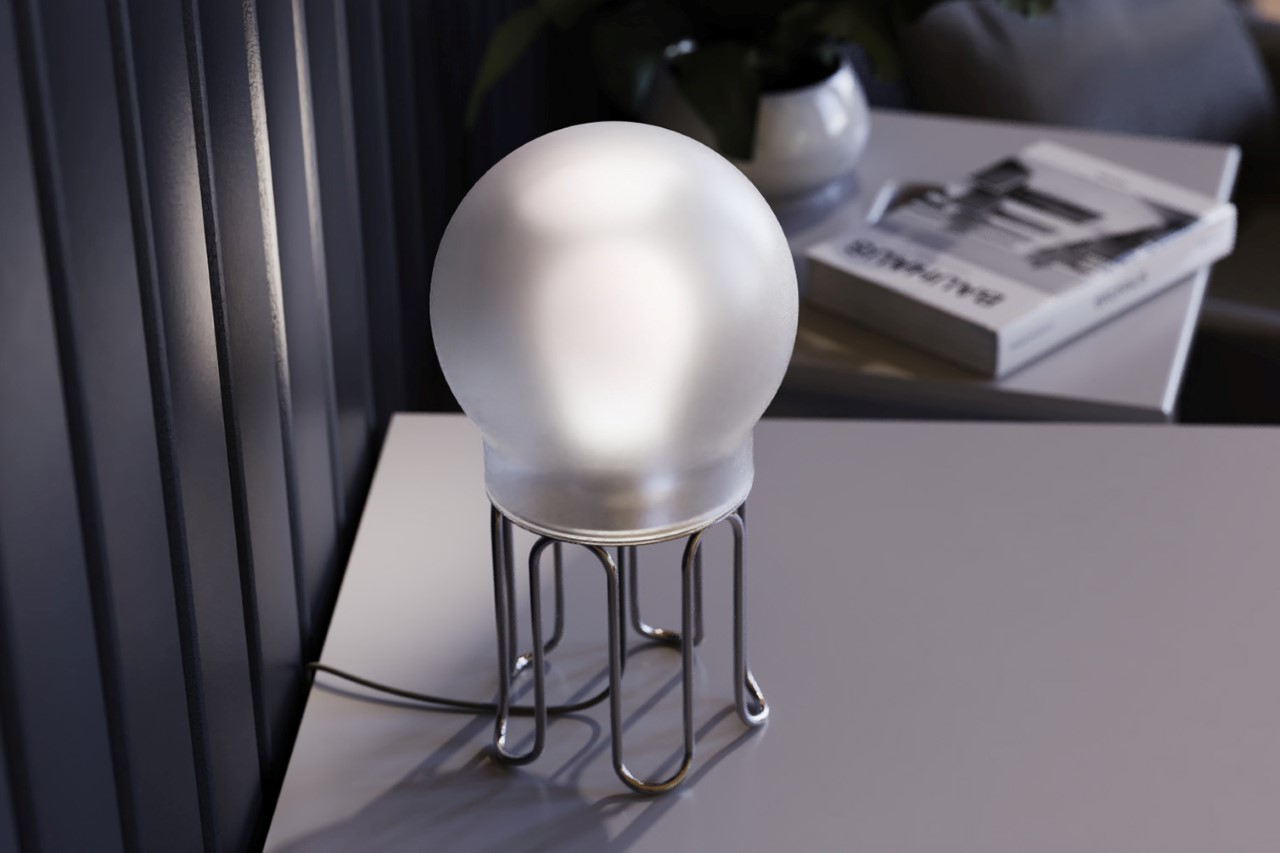
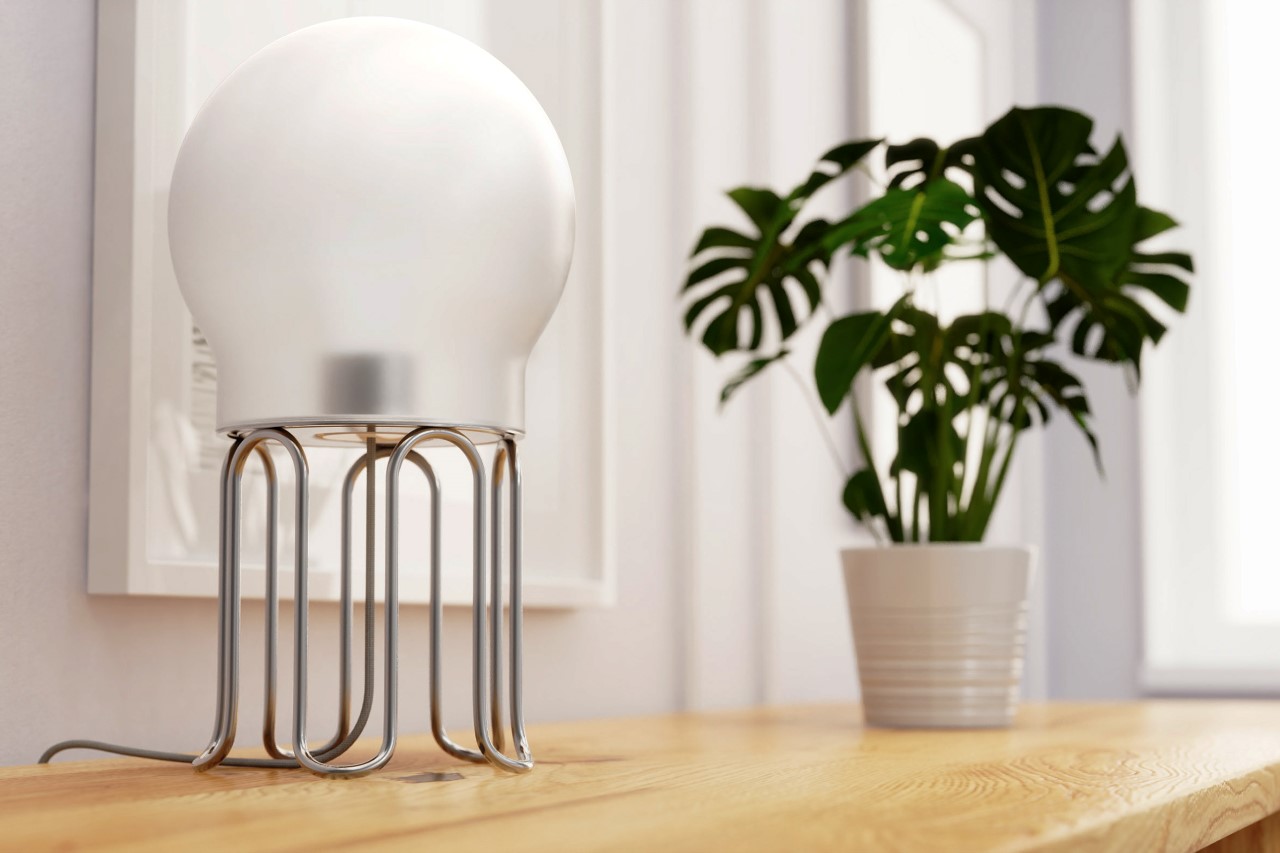
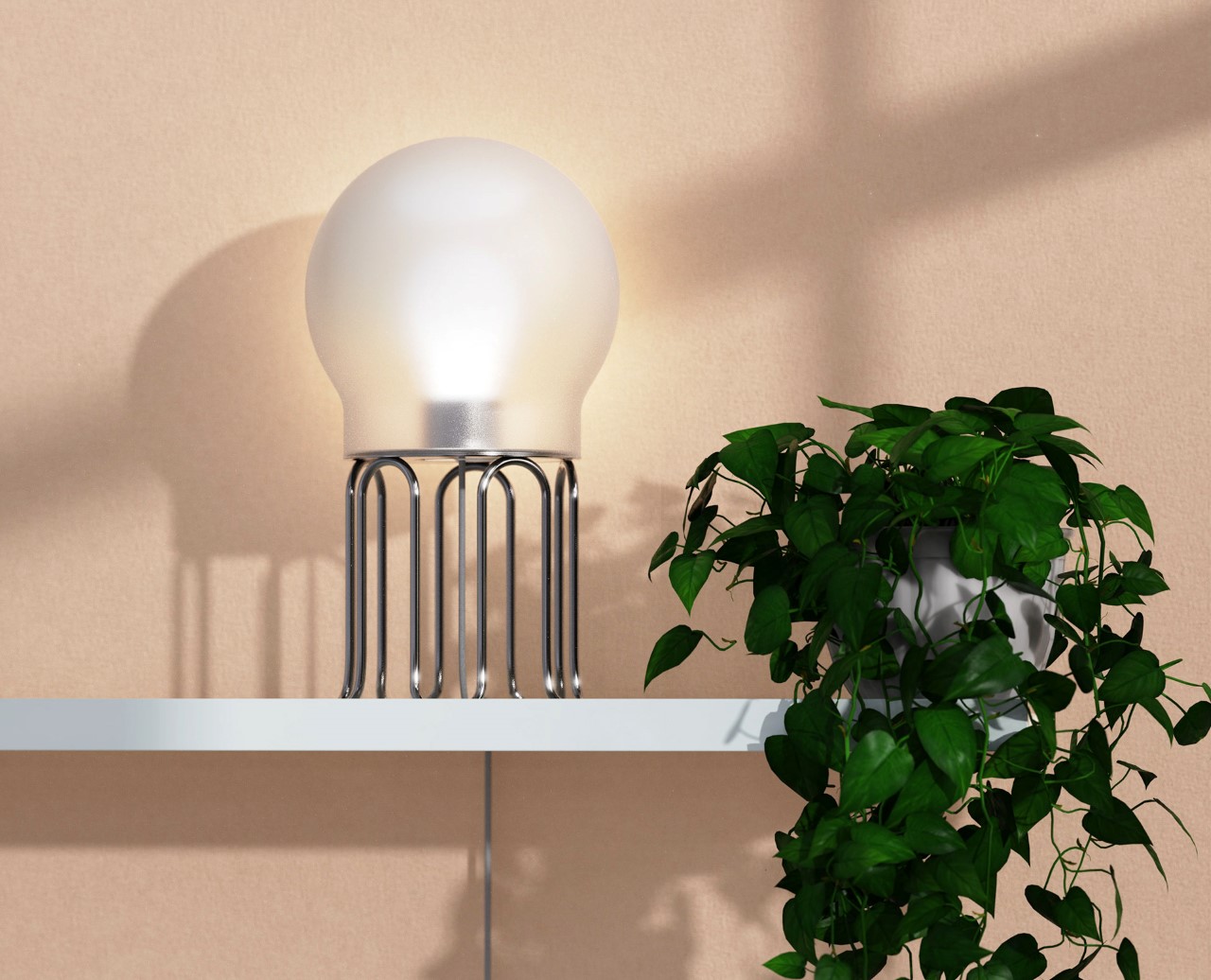
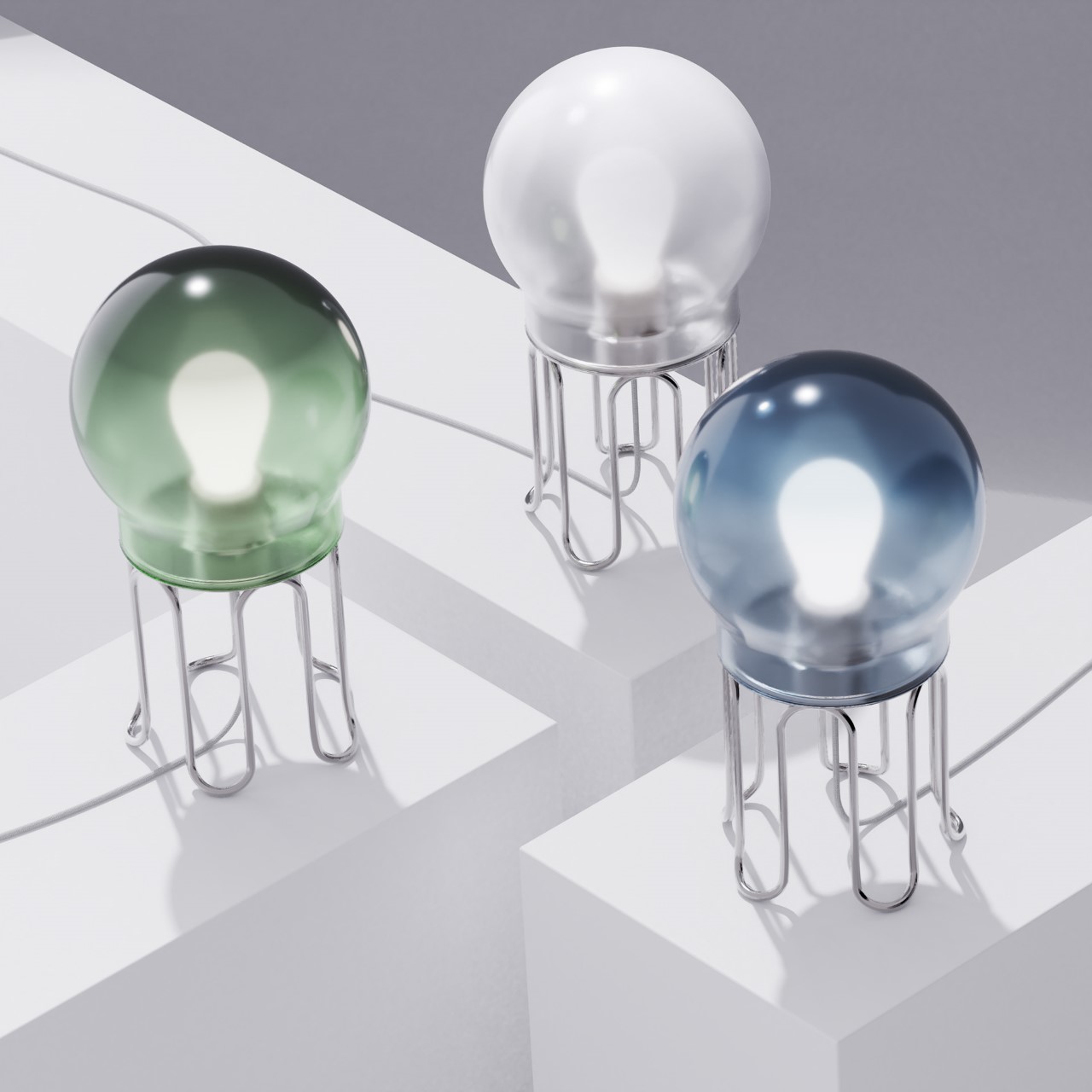

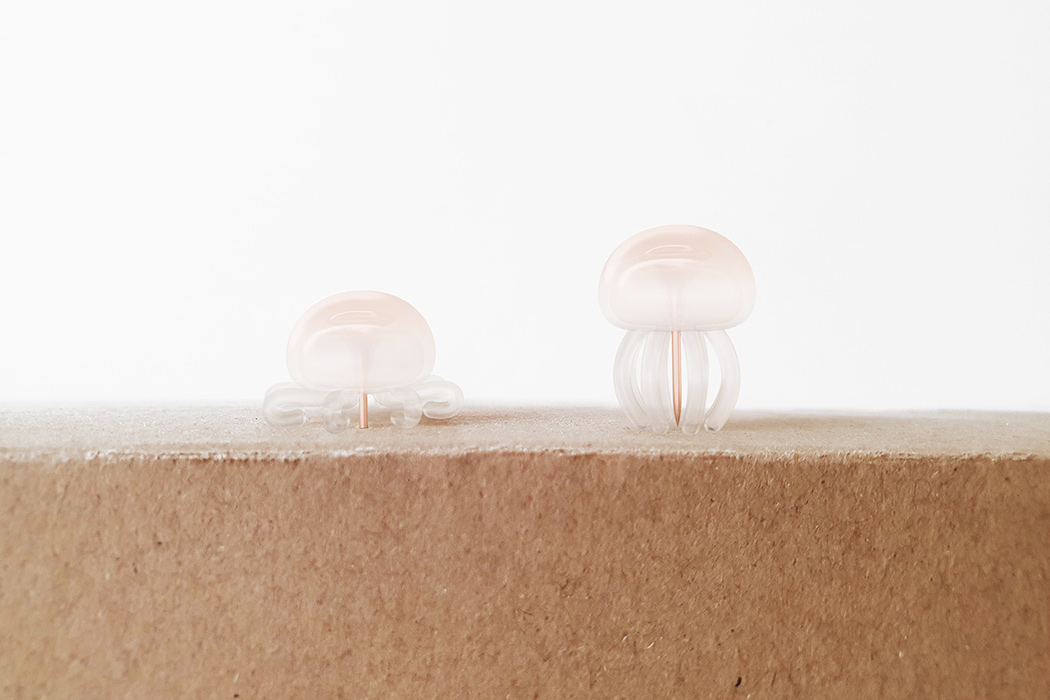
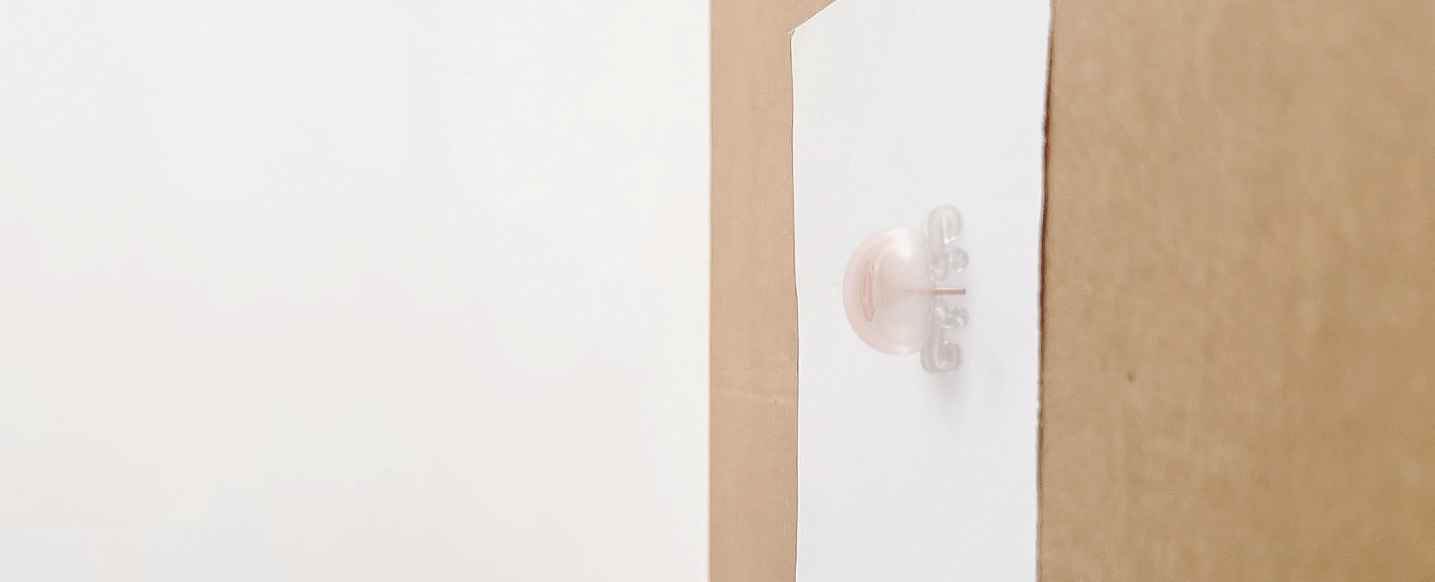
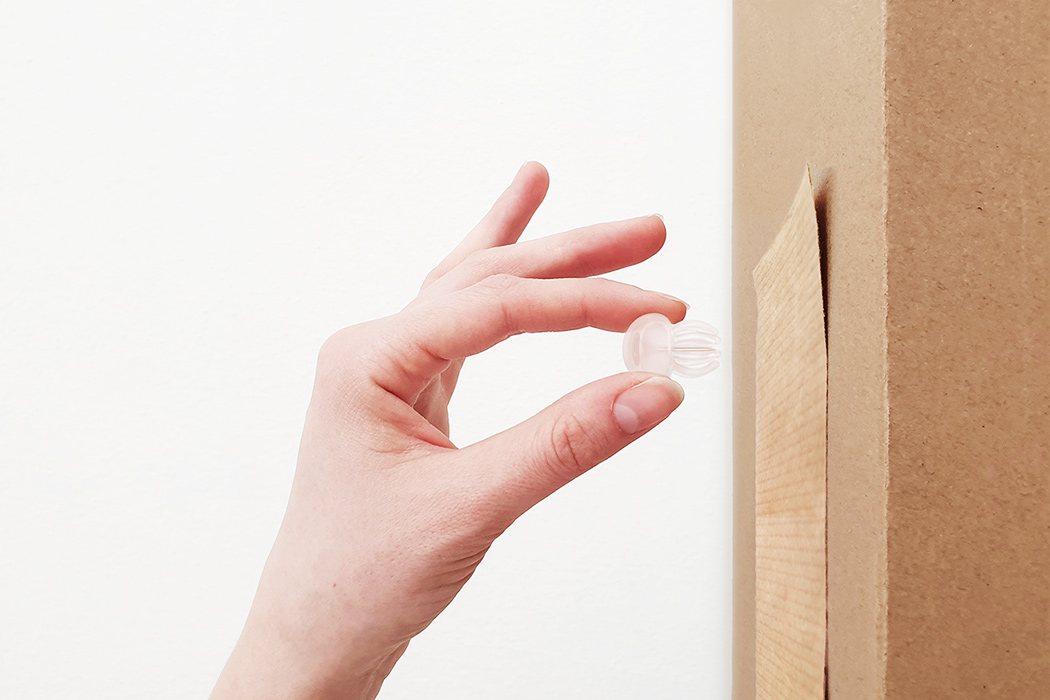
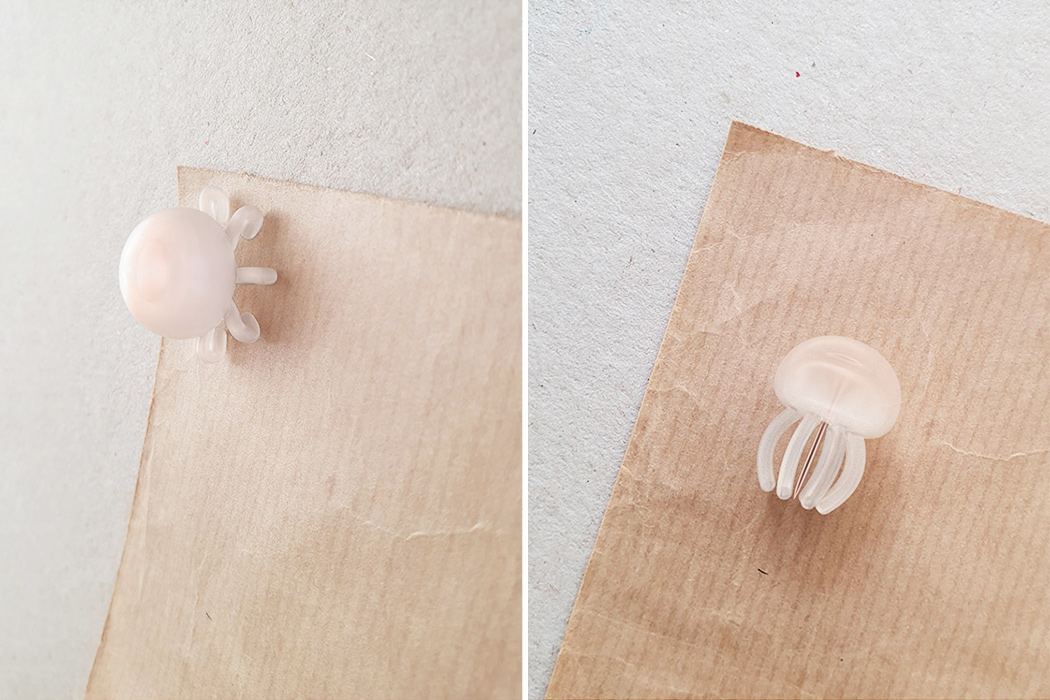
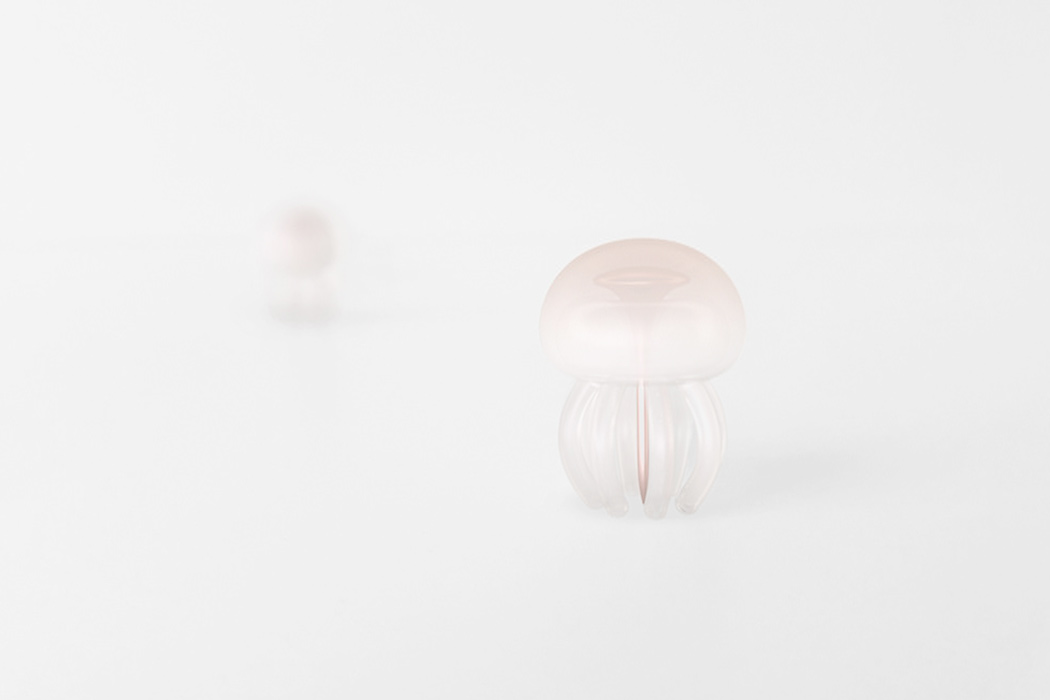
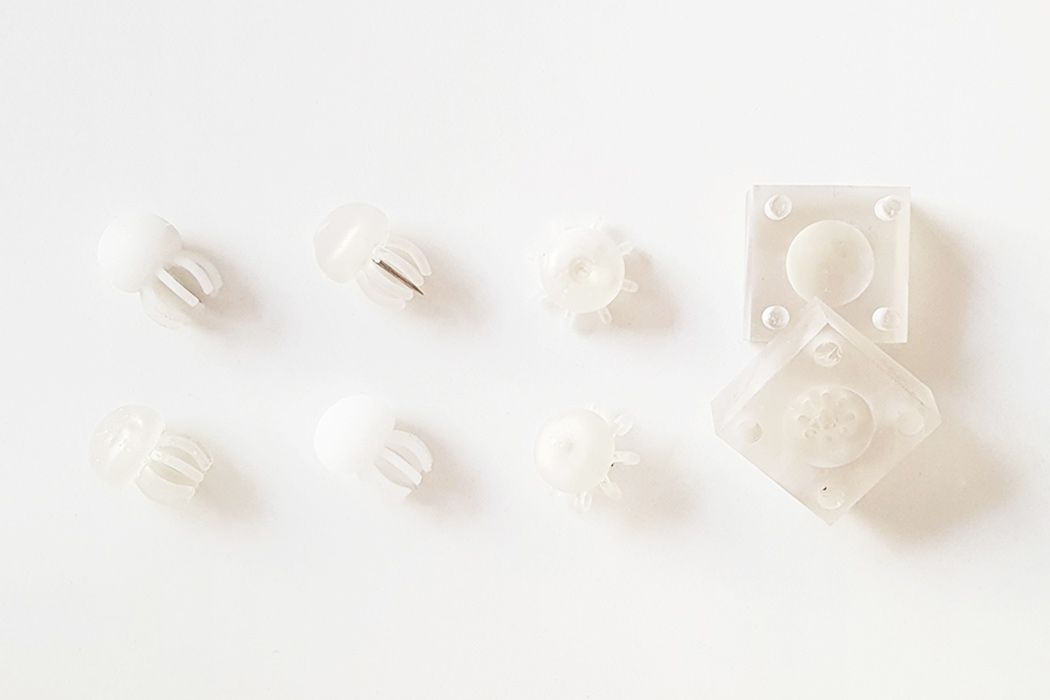
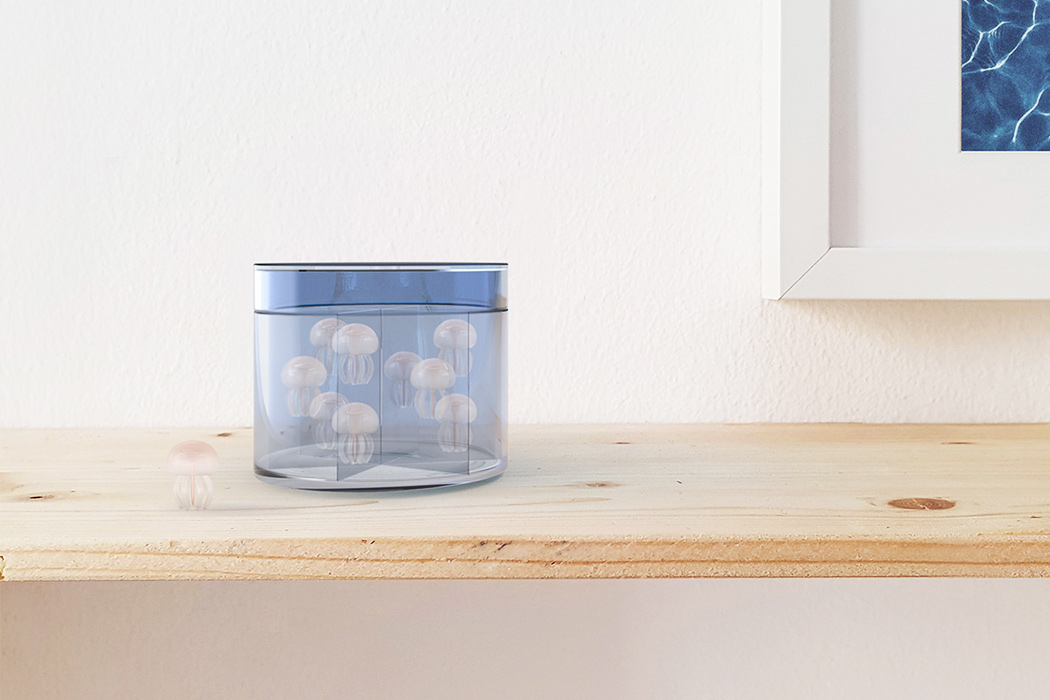



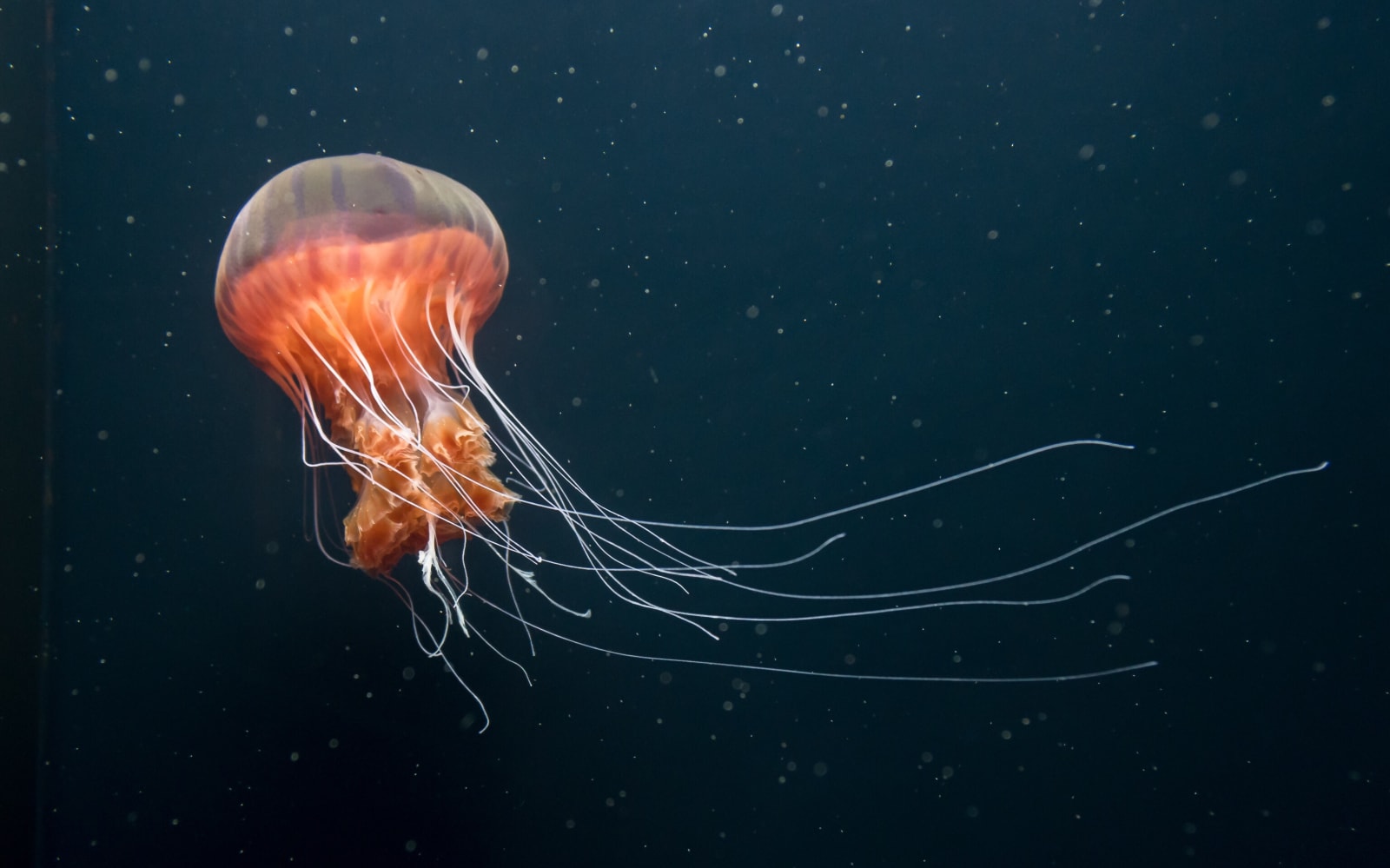 Scientists at Caltech and Stanford University want to turn jellyfish into deep-sea explorers that could be directed around the ocean, recording info as they travel. In a paper published in the journal Science Advances, the team explains how they've d...
Scientists at Caltech and Stanford University want to turn jellyfish into deep-sea explorers that could be directed around the ocean, recording info as they travel. In a paper published in the journal Science Advances, the team explains how they've d...







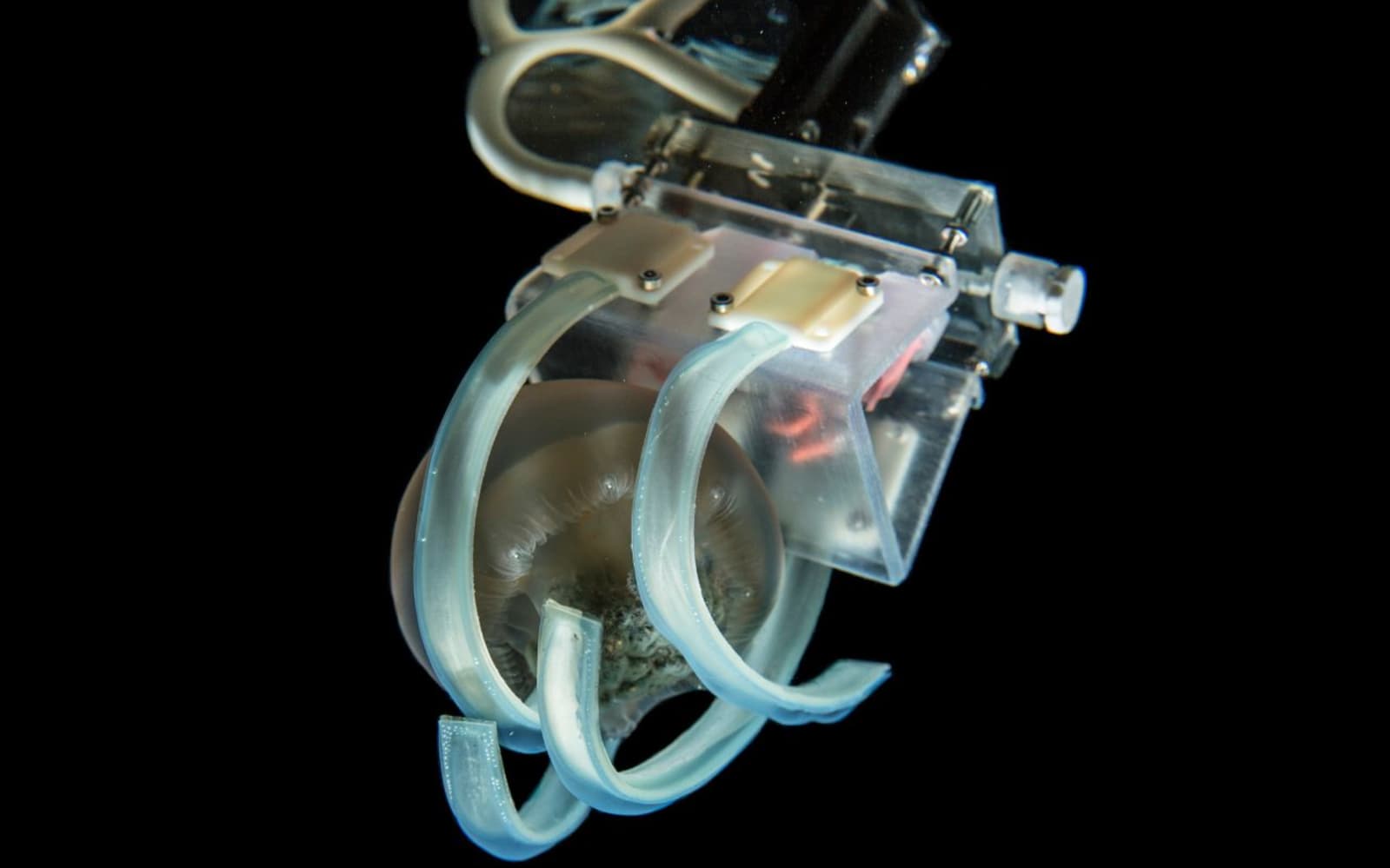 Robots can be a bit heavy-handed. Their forceful grip might not be a problem when they're moving boxes in a warehouse, but they can damage fragile marine creatures like jellyfish. Researchers may have a solution. They've created a robotic hand with a...
Robots can be a bit heavy-handed. Their forceful grip might not be a problem when they're moving boxes in a warehouse, but they can damage fragile marine creatures like jellyfish. Researchers may have a solution. They've created a robotic hand with a...










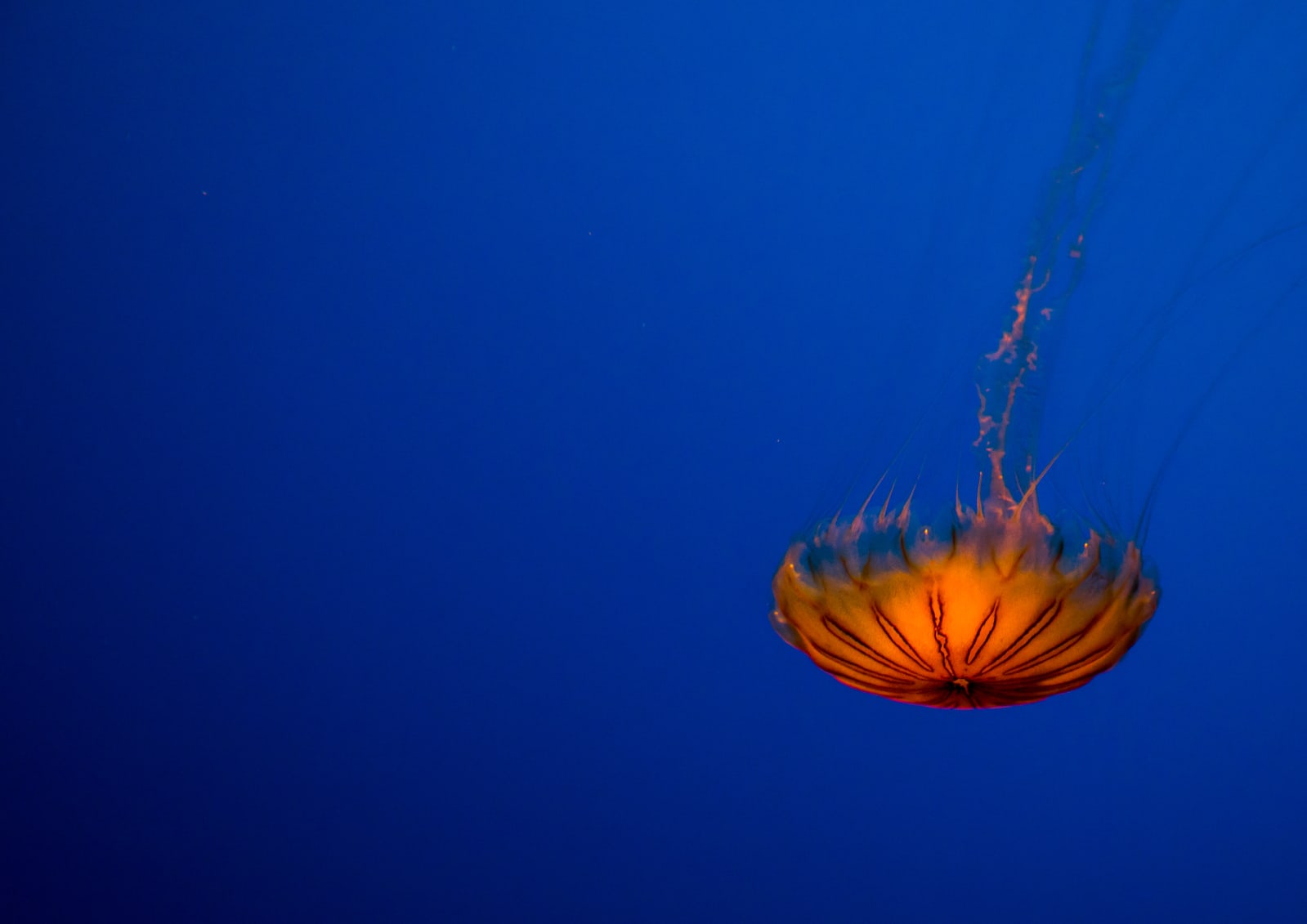 Artificial skin stands to have a variety uses, with potential applications in everything from robots to prosthetics. And in recent years, researchers have been able to instill sensory perception, like touch and pressure, into artificial skin. However...
Artificial skin stands to have a variety uses, with potential applications in everything from robots to prosthetics. And in recent years, researchers have been able to instill sensory perception, like touch and pressure, into artificial skin. However...
